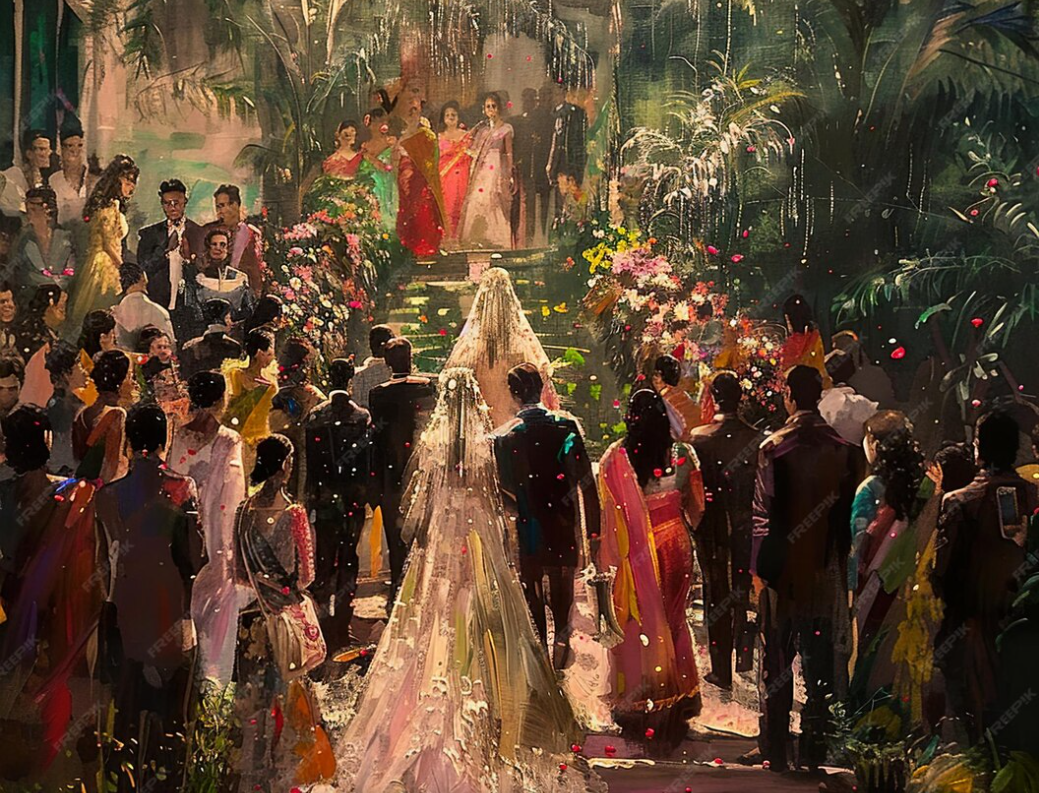
Weddings in 2025: Because Nothing Says “I Do” Like a Loan the Size of a Small Nation
Indian weddings were always expensive, but in 2025, they’ve become a full-blown economic crisis. I got an invite last week that said “Reception at Taj Palace, Dress Code: Versailles Circa 1789.” (No sir, no mam, this is just for the aesthetics of the writing—I never got any such invite, just imagining it, because who even gets invited to these places?)
Now, I wouldn’t mind missing a wedding, except my mother considers it a moral failing to skip any function where people are distributing free paneer tikka. So here I am, standing in a three-hour queue outside a shop that sells “affordable” second-hand fake brands—where “affordable” still means “do I really need both kidneys?” The groom’s sherwani costs more than what I imagine my annual salary would be if I had a real job, and the bride’s lehenga comes with Z+ security because, apparently, embroidery that heavy is a national asset. Meanwhile, the phoolon ki chadar costs more than my entire existence—and I say that as someone who still argues with auto drivers over ₹20.
And, of course, the Big Fat Indian Wedding has now entered the Metaverse. Some rich tech bro just got married in a virtual reality mandap, and their guests attended via Zoom while sitting in their pajamas. My uncle still doesn’t know how to mute himself on WhatsApp calls, and here we are, doing digital pheras.
But the real twist? At the end of all this, divorces are at an all-time high. Turns out, love might be blind, but EMIs are not. When you start your marriage with a loan equivalent to a small nation’s GDP, the only “happily ever after” is a well-negotiated alimony settlement.
So, dear friends, if you’re single in 2025, congratulations—you may not have love, but at least you still have your organs.
Post a comment